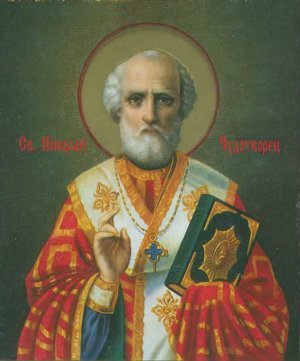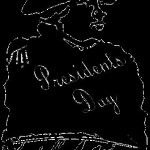How Santa Claus Evolved Over The Centuries
Nearly everyone knows that Santa Claus lives in the North Pole. However, throughout history, different countries and cultures recognized Santa by a variety of names, depicting Santa Claus as quite different from his true origin.
Who Is Santa Claus – Really?
The origin of Santa Claus lays in the story of St. Nicholas, a Greek Christian bishop. St. Nicholas, whom Live Science describes as “revered Bishop of Myra, a Roman town in what is now Turkey,” was born around 270 A.D. History Channel lists his birth date in 280 A.D. Whichever year is correct, the patron saint of Greece and Russia likely had no idea how his existence would lead to delighting children of all ages centuries later.
Details About St. Nicholas
St. Nicholas, known for his kindness, gave away his wealth to help others. One of the most well known legends is  how he saved three sisters from being sold into slavery by their father. St. Nicholas provided a dowry for the three daughters, who could then be married.
how he saved three sisters from being sold into slavery by their father. St. Nicholas provided a dowry for the three daughters, who could then be married.
Perhaps the most often retold story is that he would secretly give gifts, especially to children. Children began leaving their shoes out for St. Nicholas, who would deposit coins or small treats in the shoes. Live Science also describes details of how St. Nicholas was “traditionally depicted wearing a red bishop’s cloak, and was often helped by a small orphan boy.”
Canonized after his death, his feast day became December 6; the anniversary of his death in 343 A.D. It is believed that St. Nicholas remained popular throughout Europe, even after the Protestant Reformation, when the veneration of saints began to be discouraged. December 6 became considered a lucky day to get married or shop for large purchases.
Traditions Emerge
Even during the Middle Ages, people followed some of the kindness attributed to St. Nicholas. During the 1100’s, French nuns distributed candy to poor children on St. Nicholas Feast Day. During the 13th century, according to St. Nicholas Center, many European boys were selected as the “Nicholas Bishop,” collecting alms for the poor.
Dutch settlers in New York began celebrating the death of “Sinter Klaas,” as reported in local newspapers, in the mid-18th century. As details about Sinter Klaas emerged in New York, Santa Claus began to evolve.
Pictures and stories related to Santa Claus depict him as a stout man, wearing spectacles. St Nicholas was much more slender and did not normally wear glasses. The first recognized depiction of the jolly old man known today as Santa Claus comes from Washington Irving’s book “The History of New York,” published December 6, 1809, followed by the 1822 poem that Clement Clarke Moore, an Episcopal minister, wrote for his daughters, titled “An Account of a Visit from St. Nicholas.” Today, that poem is recognized as the children’s classic, “‘Twas the Night Before Christmas.” The poem also first introduced Santa’s reindeer.
Commercializing Santa
The evolution of Santa over the centuries includes modern-day advertising and commercialization of Santa Claus. Advertising Santa gift giving is not as new as some may think. Stores created separate holiday advertisements in the 1840s. The Salvation Army first advertised for donations in 1890 to feed needy families, with people dressed as Santa collecting donations.
Advertising Santa gift giving is not as new as some may think. Stores created separate holiday advertisements in the 1840s. The Salvation Army first advertised for donations in 1890 to feed needy families, with people dressed as Santa collecting donations.
Coca-Cola allegedly created the fully costumed Santa in 1930s advertisements of St. Nick in a red suit, white fur-trim and leather boots, an image that remains today. Whether celebrated as a true patron saint or jolly old elf, the beloved stories of the evolution of Santa Claus continue to endure. Many families track Santa’s journey through the Official NORAD Santa Tracker, anxiously awaiting his arrival.







